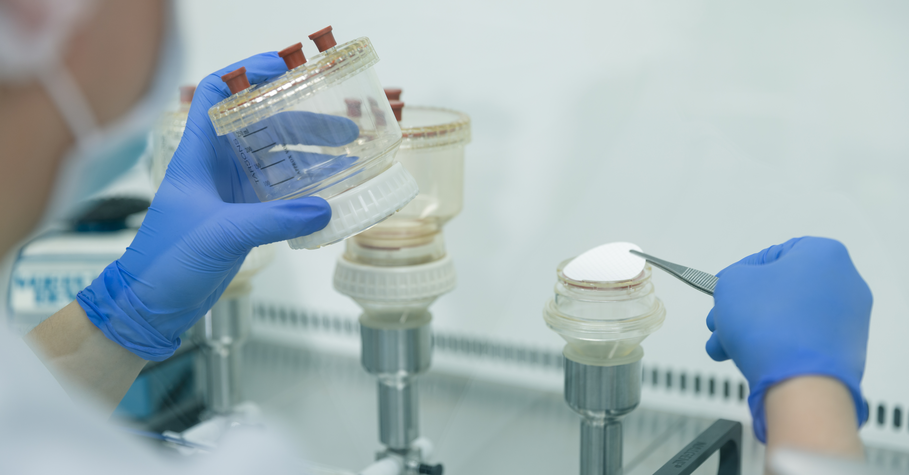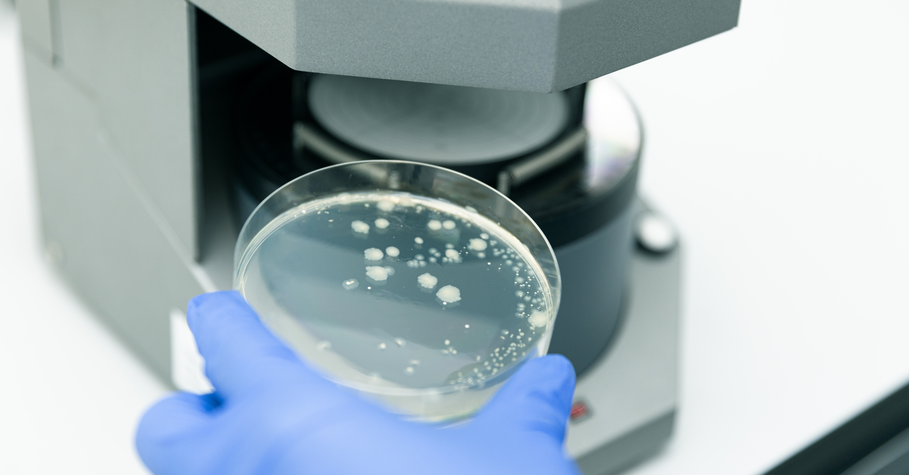Bioburden Testing
Viroxy helps manufacturers enumerate the population of viable microorganisms in medical devices for effective validation and control of sterilisation process.
For a sterilisation process to be effective on a newly manufactured pharmaceutical product or medical device, manufacturers must be aware of the number, properties and characteristics of microorganisms that occur in the products naturally or while going through the production process. This is a crucial step prior to setting sterilisation parameters such as dosing, temperature etc. to ensure that the process is effective and the product safe when used. The purpose of bioburden testing is to enumerate the quantity of viable microorganisms on a pharmaceutical product, medical device, component, raw material, or package before sterilisation. Bioburden testing is also an important indicator of problems in the production process which could lead to product recalls later.
In theory, the bioburden testing process is quite simple and can be illustrated as follows:
Step 1 Prepare Sample
A sample of the test product is prepared depending on the physical characteristics of the product:
Water soluble products, non-fatty products that are not water soluble, fatty products, fluids or solids in aerosol form and transdermal patches each require different type of solvents.
Step 2 Isolate Microorganisms
Samples are typically tested through membrane filtration method or plate-count method. Other methods include most probable number (MPN).
At Viroxy, we rarely conduct tests using MPN method as it is least accurate.
Step 3 Culture Microorganisms
The incubation period, temperature and culture media can each affect the growth rate of microorganisms such as aerobic and anaerobic bacteria, yeast and mold. This in turn can affect the test result.
Step 4 Enumerate Microorganisms
Viroxy’s enumeration methods include:
1. Total Aerobic Microbial Count (TAMC)
2. Total Yeasts and Molds Count (TYMC).
Step 5 Prepare Report
The findings are recorded and a report is prepared, detailing the outcome of the test.



